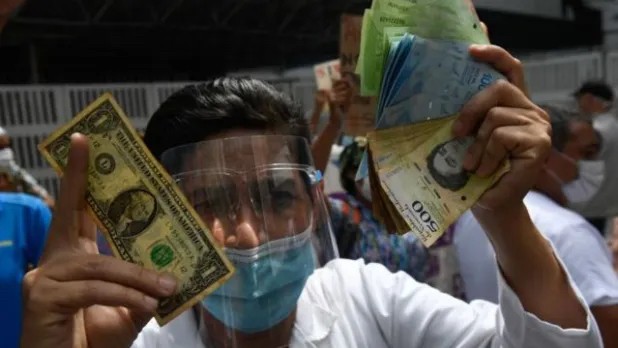Lebanon hyperinflation at Venezuela–level could lead to a disastrous crisis
 | Tesla stock – is there a forming of a new bubble? |
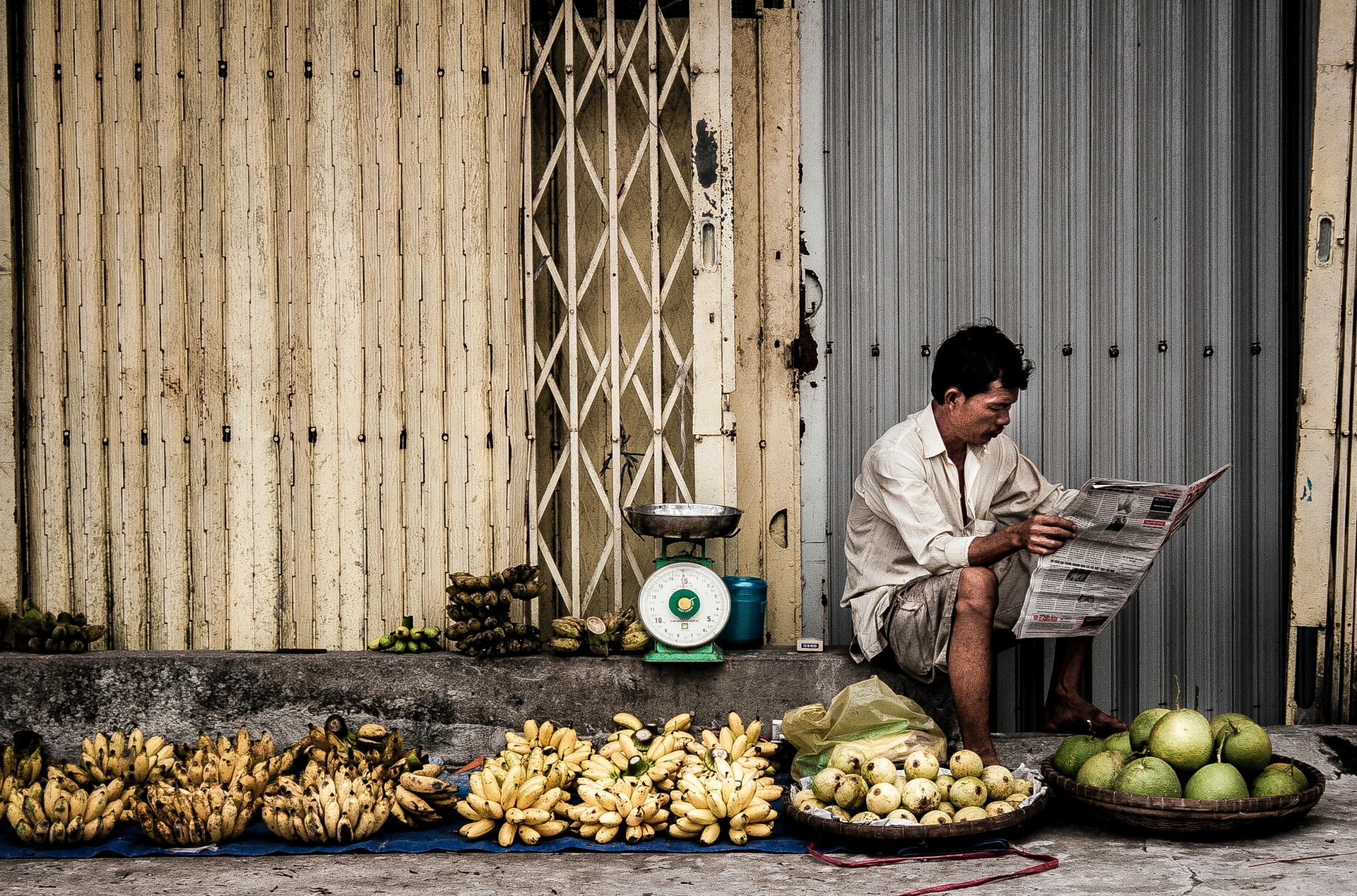 | Vietnam's positive GDP growth amidst the pandemic |
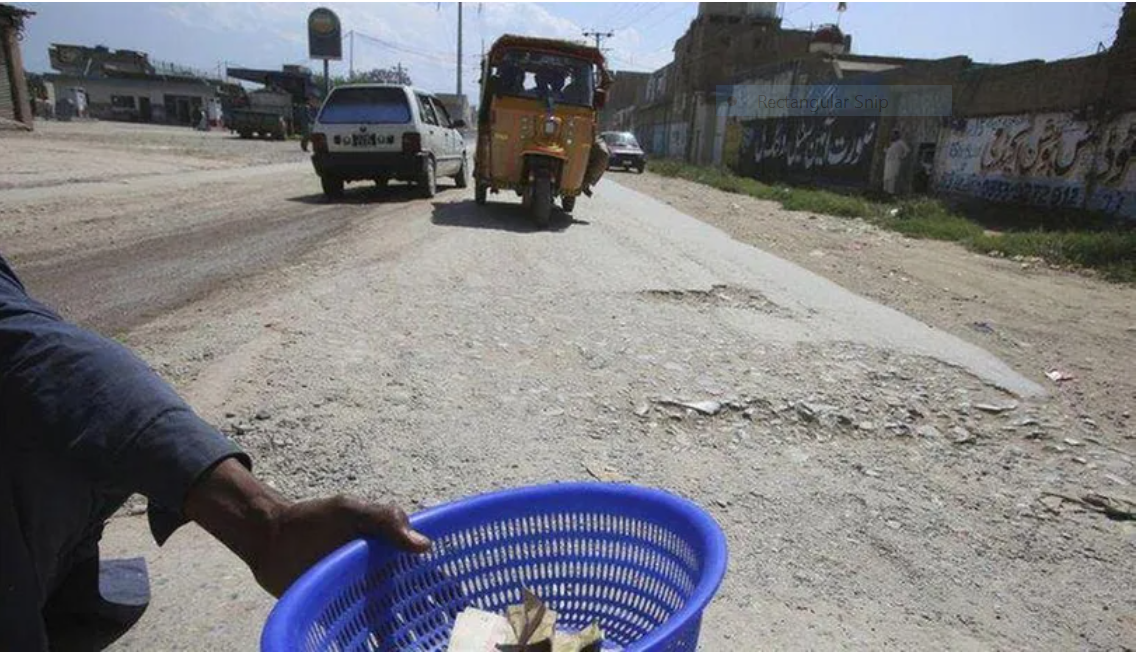 | Covid-19 crisis could see number of extreme poor rise to over one billion worldwide |
According to Steve H. Hanke, Professor of Applied Economics at the Johns Hopkins University and an expert on the topic. The occurrence happens when a country’s inflation rate exceeds 50% per month over a period of time, defined by Hanke as 30 consecutive days. That happened in Lebanon this week.
“Lebanon is the first MENA country in history to experience a hyperinflation,” said Hanke, who with his colleague Nicholas Krus has traced 61 other episodes of hyperinflation in world history, such as Hungary in 1945 and Yugoslavia between 1992 and 1994 when hyperinflation peaked at 313 million percent per month.
“The underlying causes of inflation are always the same,” said Hanke. “Governments start running larger and larger fiscal deficits and call on the central bank to fund those deficits because tax and bond financing avenues are inadequate. In hyperinflations, central banks are required to virtually fund the government's entire fiscal operations.”
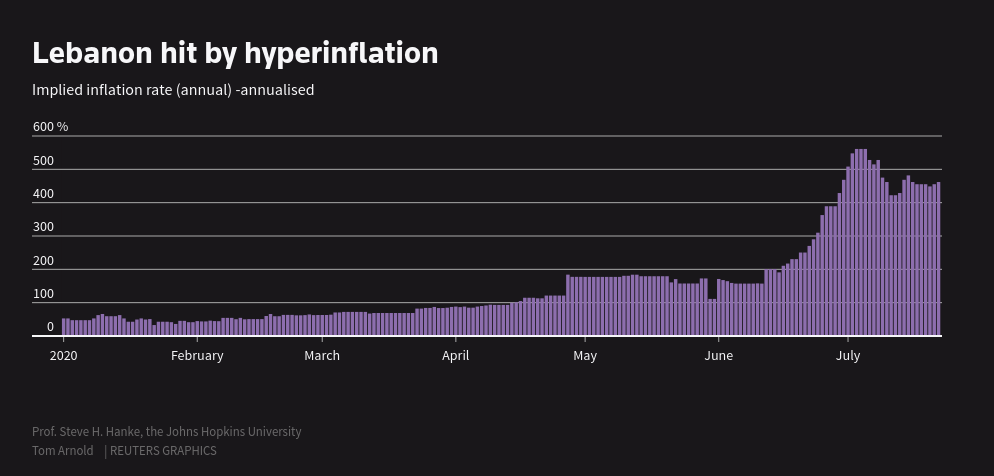 |
| Lebanon hit by hyperinflation (source: REUTERS) |
The Lebanon government has defaulted on its debt and warned that its large amount of public foreign debt has lowered foreign exchange reserves to critical levels. Public spending cuts were promised by Prime Minister Hassan Diab, a technocrat partially supported by Hezbollah — along with a sobering projection that 40% of Lebanon’s population might sink below the poverty level.
This, coupled with the troubles caused by the COVID-19 pandemic and ensuing lockdown, has created a critical amount of hyperinflation. The Lebanese pound has sunk to new lows, almost halving in value in a matter of weeks. The Consumer Price Index (CPI) has shot up 50%. Savers have been locked out of their deposits since mid-October, when unrest first emerged.
Protests have been sparked in major cities across Lebanon as a result, with some protestors speaking of either “dying from the disease or dying from hunger”. The Lebanese military has fired on protestors with live ammunition and killed one, 26-year old Fawwaz Fouad al-Seman, sparking more unrest at his funeral.
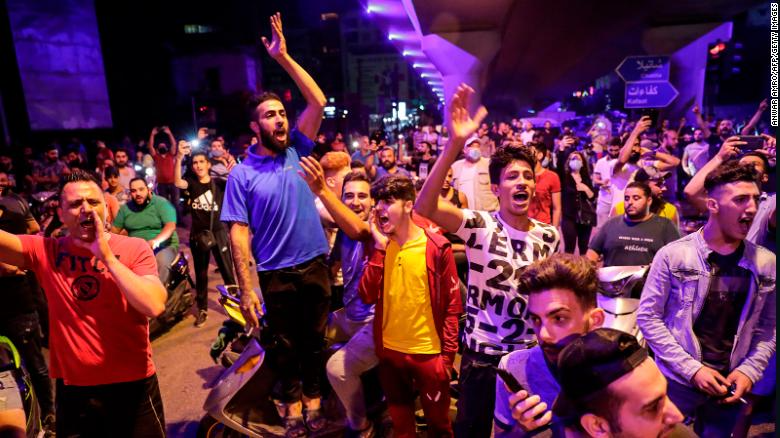 |
| Protest in the capital city Beirut (source: CNN) |
The theme of cryptocurrency in Lebanon and the Middle East in general is still very nuanced. Questions of access to the banking system, a fiat currency worth exchanging cryptocurrencies for, or the electricity and Internet required to mine or run a node abound when it comes to retail exposure and usefulness of Bitcoin on the ground: while there are some small shoots of progress, it’s hard to characterize any cryptocurrency as having any significant effect in the current situation for the vast majority of the people affected.
Where Bitcoin and cryptocurrency plays a larger role is in the theory behind what should be done, and what solution there might be. Lebanon, like many other countries before it, is going to the IMF for a solution and is likely to look to cut public spending and come to a settlement with its debt owners.
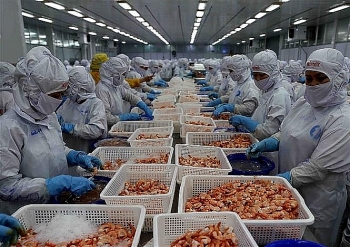 | Oxford Economics forecast Vietnam's GDP to grow 8% in 2021 In a report published on July 14, Oxford Economics forecast that Vietnam's economy will recover in the second half of 2020. The country's annual growth ... |
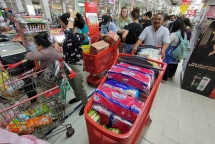 | Experts warn panic buying, lockdowns may spark global food inflation Lockdowns and panic food buying due to the coronavirus pandemic could ignite world food inflation even though there are ample supplies of staple grains and ... |
 | CPI grows 3.57 pct in nine months, inflation target achievable: GSO The average consumer price index (CPI) in the nine months of 2018 rose by 3.57 percent year on year, compared to the 4.14-percent growth in ... |

